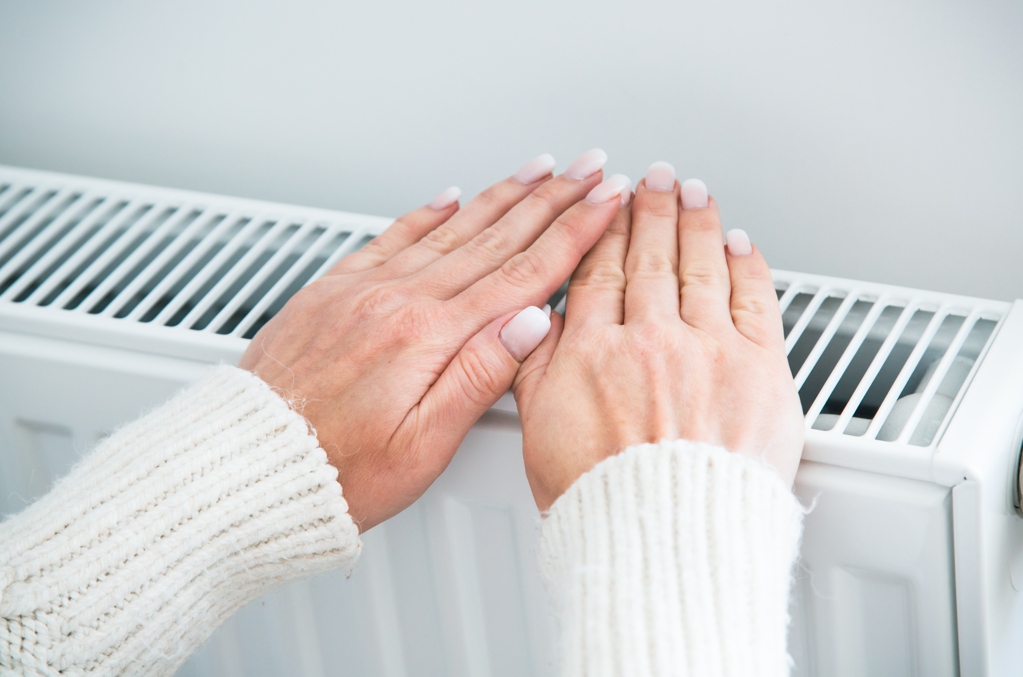Is Your Home Losing Heat? Common Causes and Solutions
As temperatures drop, keeping your home warm becomes a top priority. But what happens when your heating system is running, yet your home still feels chilly? If your home is losing heat, it can lead to higher energy bills and an uncomfortable living environment. Let’s explore the common causes of heat loss and what you can do to fix them.
Common Causes of Heat Loss
-
Drafts from Doors and Windows
One of the most significant sources of heat loss in a home comes from drafts around doors and windows. Gaps and cracks allow cold air to seep in and warm air to escape, making your heating system work harder. If you’ve noticed that your home is losing heat, it could be due to these unnoticed drafts.
Signs of drafts:
- Feeling cold air around door or window frames.
- Increased condensation on glass.
- Higher-than-usual energy bills.
Solutions:
- Install weatherstripping around doors and windows.
- Use caulk to seal cracks or gaps.
- Consider upgrading to energy-efficient windows and doors.
-
Insufficient or Poor-Quality Insulation
Insulation plays a crucial role in keeping warm air inside your home. Without adequate insulation, heat escapes through walls, ceilings, and floors. If your home is losing heat even when your heating system is on, it could be a sign of insufficient insulation.
Signs of poor insulation:
- Uneven temperatures between rooms.
- Cold spots on walls or floors.
- A drafty feeling even with windows and doors closed.
Solutions:
- Add or replace insulation in your attic, walls, or crawl spaces.
- Use spray foam insulation to seal hard-to-reach areas.
- Hire a professional to assess and improve your home’s insulation.
-
HVAC System Issues
Your heating system itself could be the culprit. An inefficient or malfunctioning furnace, heat pump, or ductwork can prevent your home from staying warm. If your home is losing heat due to HVAC issues, it’s important to address them quickly.
Signs of HVAC problems:
- Inconsistent temperatures throughout your home.
- Unusual noises coming from the furnace or ducts.
- Rising energy costs without increased usage.
Solutions:
- Schedule regular maintenance for your HVAC system.
- Replace air filters every 1-3 months.
- Seal leaky ductwork to ensure efficient heat distribution.
- Consider upgrading to a high-efficiency heating system if your current unit is outdated.
How to Prevent Heat Loss
While addressing specific issues can improve your home’s heat retention, taking a comprehensive approach will yield the best results. Here are some additional tips:
- Use heavy curtains or thermal blinds to reduce heat loss through windows.
- Install a programmable or smart thermostat to optimize heating schedules and save energy.
- Reverse your ceiling fans to circulate warm air more effectively during the winter months.
- Close off unused rooms to focus heat where it’s needed most.
Why Fixing Heat Loss Matters
Not only does heat loss make your home less comfortable, but it also increases your energy bills and places unnecessary strain on your heating system. If you’re noticing your home losing heat, addressing drafts, improving insulation, and maintaining your HVAC system will create a warmer, more energy-efficient home.
Need Help Solving Heat Loss Issues?
At Reader Heating & Cooling, we specialize in keeping your home comfortable year-round. Whether it’s sealing drafts, improving insulation, or maintaining your heating system, our experts are here to help. Contact us today to schedule a consultation and ensure your home stays cozy all winter long!


